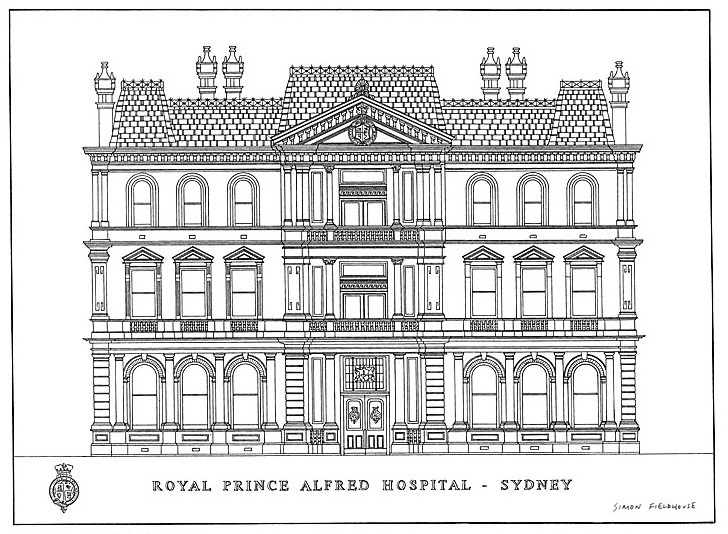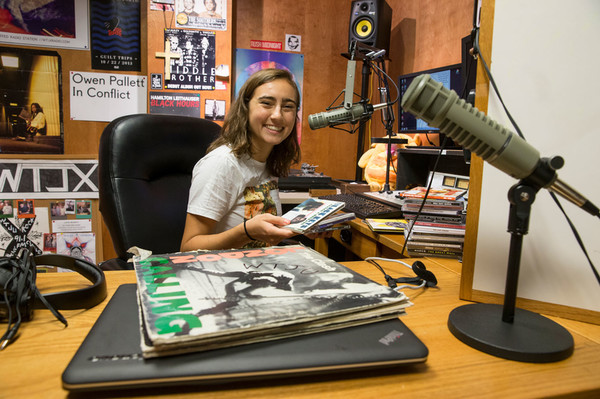The Nature and Purpose of Belief
The Journal of Mind and Behavior | University of Maine
Jonathan Leicester
The Royal Prince Alfred Hospital
This paper reviews intellectualistic, dispositional, and feeling or occurrent theories of belief. The feeling theory is favored. The purpose of belief is to guide action, not to indicate truth. Decisions about actions often have to be made quickly in the absence of evidence. Belief gives speed and economy to inquiry and counterfactual thinking. The feeling theory explains this role of belief and suggests mechanisms for overconfidence of correctness, confirmation bias, wishful believing, vacillating belief, the difficulty with multifactorial reasoning, the inability to withhold judgment, the delusions of mental illness, and the relations between belief, opinion, and knowledge. The intellectual’ istic theory of belief fails because it gives undue weight to evidence as the most salient or available factor concerned with belief, which leads to the mistaken conclusion that the purpose of belief is to indicate truth.
CLICK HERE for access to complete article




















